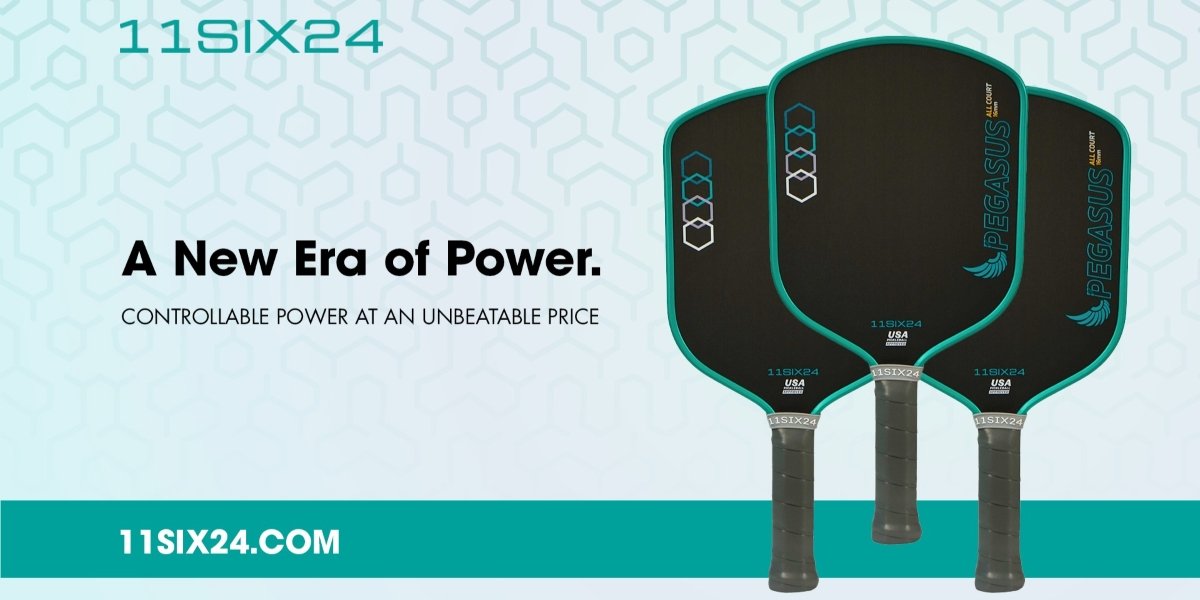By: Lilia Loraine-Grews
“Why do you create?”
It’s a question most artists are asked eventually. The word “why” carries a lot of weight — sometimes awe, sometimes skepticism, often both. Why choose such an unstable, vulnerable, often unforgiving path? Why chase characters, scenes, sounds — things that don’t yet exist?
No one ever asks an accountant why they account. But for creatives, the “why” is often presumed to be part of the work.
For actress Roxanne Tome, the answer began with escape — and gradually evolved into empathy, connection, and permission.
Born and raised in South Africa, Roxanne found acting as a way to access emotions she hadn’t yet allowed herself to explore in her everyday life.
“Acting provides me with the opportunity to fully engage with the circumstances without judgment,” she says. “It allows me to follow impulses and occupy space that I often suppress in real life.”
After a successful career in banking as a data analyst, she made the decision to move to the U.S. She studied, worked, and navigated visa requirements while her desire to pursue acting grew more urgent. Eventually, she committed fully to following her creative path.
She relocated to Brooklyn and enrolled at the Terry Knickerbocker Studio, a place known for nurturing actors serious about their craft. There, Roxanne began to discover her voice — not just as a performer, but as someone who could embrace the title “actor” without apology.

Like many artists — particularly queer, immigrant, or working-class ones — that sense of ownership didn’t come easily. She reflects on how many people only feel “authorized” to call themselves artists once they receive validation from money, recognition, or external authority. But for Roxanne, the turning point came when she realized that doing the work itself is the most important validation.
“If you act, you’re an actor. If you write, you’re a writer. The act itself is the validation,” she says.
With that newfound clarity, Roxanne decided to stop waiting.
She wrote Planted in Midair out of both a personal and professional need — the need to act, to collaborate, and to create something in an industry that often tells artists to wait their turn. With support from her classmates and community, she began producing the series in an authentic, grassroots fashion.
The result is a subtle, observational show about three roommates navigating the tension between personal desires and external expectations, shaped by political, social, and internal forces. It’s grounded in lived experiences and told with a kind of stillness that reflects its DIY production.
There’s no crew. No budget. The camera is an iPhone. The sound, direction, and cinematography are all managed by Roxanne, her girlfriend, and a rotating group of willing participants. The cast consists of classmates — generous, dedicated artists who contribute wholeheartedly, regardless of the production setup.
“The directing aspect has presented challenges,” Roxanne admits. “But it’s also been one of the most rewarding aspects. I’ve gained so much from the process — not only about craft, but about communication and trust. Watching the actors fully step into their roles and collaboratively building something from scratch has been incredibly fulfilling.”
This isn’t a story about viral success or an overnight breakthrough. It’s about the patient, deliberate work of learning through experience. Of building not just a show, but a creative life — one shaped by curiosity, self-discipline, queerness, and a drive to create something that feels genuine.
For Roxanne Tome, it’s about fully exploring her “why” — and daring to live it out.







